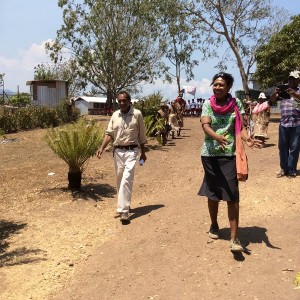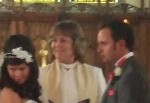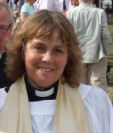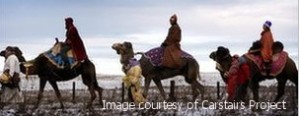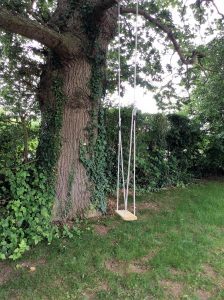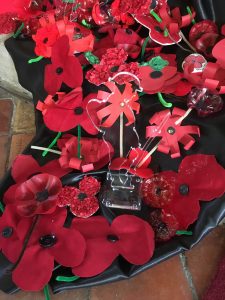
Poppies made by the Girl Guides,Gayton
One hundred years ago the Armistice was signed between the Allies of World War 1 and the German Empire. The cessation of hostilities took effect at 11.00 am on 11th November 1918.
This year marks the centenary and Remembrance Day is commemorated across the UK.
In our Benefice on Norfolk, we held two main services with packed churches and two minutes silence at 11.00am. Even the traffic stopped on the road for us this year. In the evening two large bonfires were held and again huge numbers of people gathered to watch and the church bells rang out at 6.50pm to join in across the UK.
This was followed by singing the old songs and enjoying a glass of wine and some cakes and listening to stores of people from our village who went to war and never returned.
The first verse of the poem by Rupert Brooke, written in 1914, is a reminder of that time and the young men who gave their lives in the trenches in France and Belgium.
If I should die, think only this of me:
That there’s some corner of a foreign field
That is forever England. There shall be
In that rich earth a richer dust concealed;
A dust whom England bore, shaped, made aware,
Gave, once, her flowers to love, her ways to roam,
A body of England’s breathing English air,
Washed by rivers, blest by suns of home.
And think, this heart, all evil shed away,
A pulse in the eternal mind, no less
Gives somewhere back the thoughts by England given;
Her sights and sounds; dreams happy as her day;
And laughter, learnt if friends; and gentleness,
In hearts at peace, under an English heaven.
Rupert Brooke 1914
Rev’d Sue Martin
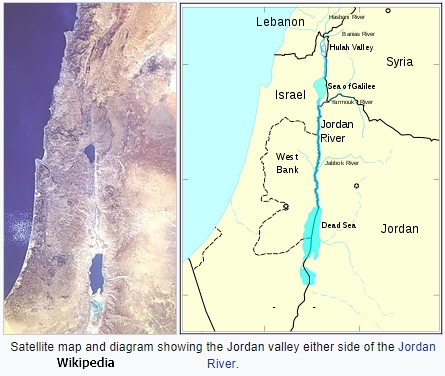 As part of our discovery about our own journeys we are looking at parts of the Holy Land; Galilee, Nazareth, Bethlehem and Jerusalem.
As part of our discovery about our own journeys we are looking at parts of the Holy Land; Galilee, Nazareth, Bethlehem and Jerusalem. 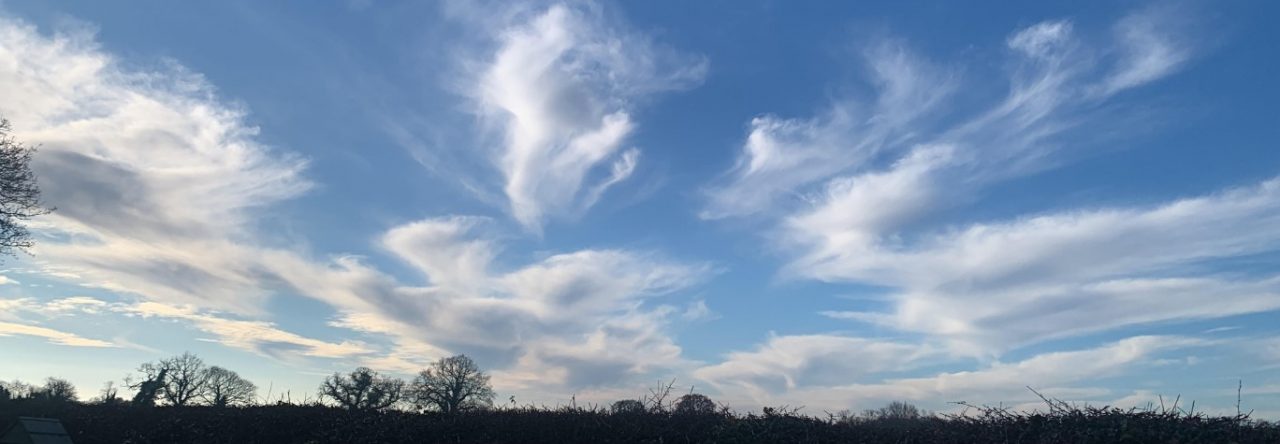
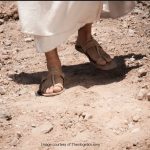
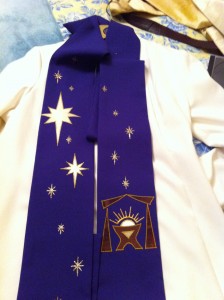 And all the bells on earth shall ring
And all the bells on earth shall ring
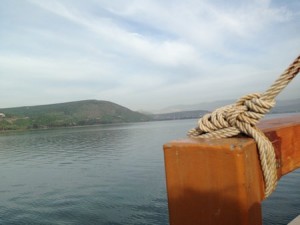 What does it mean I am the bread of life? John 6:24-35
What does it mean I am the bread of life? John 6:24-35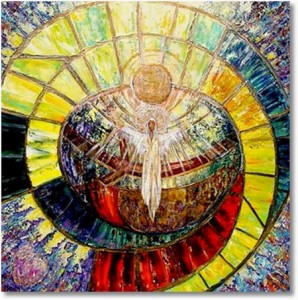 What is Easter all about? Why do we have so much chocolate?
What is Easter all about? Why do we have so much chocolate?